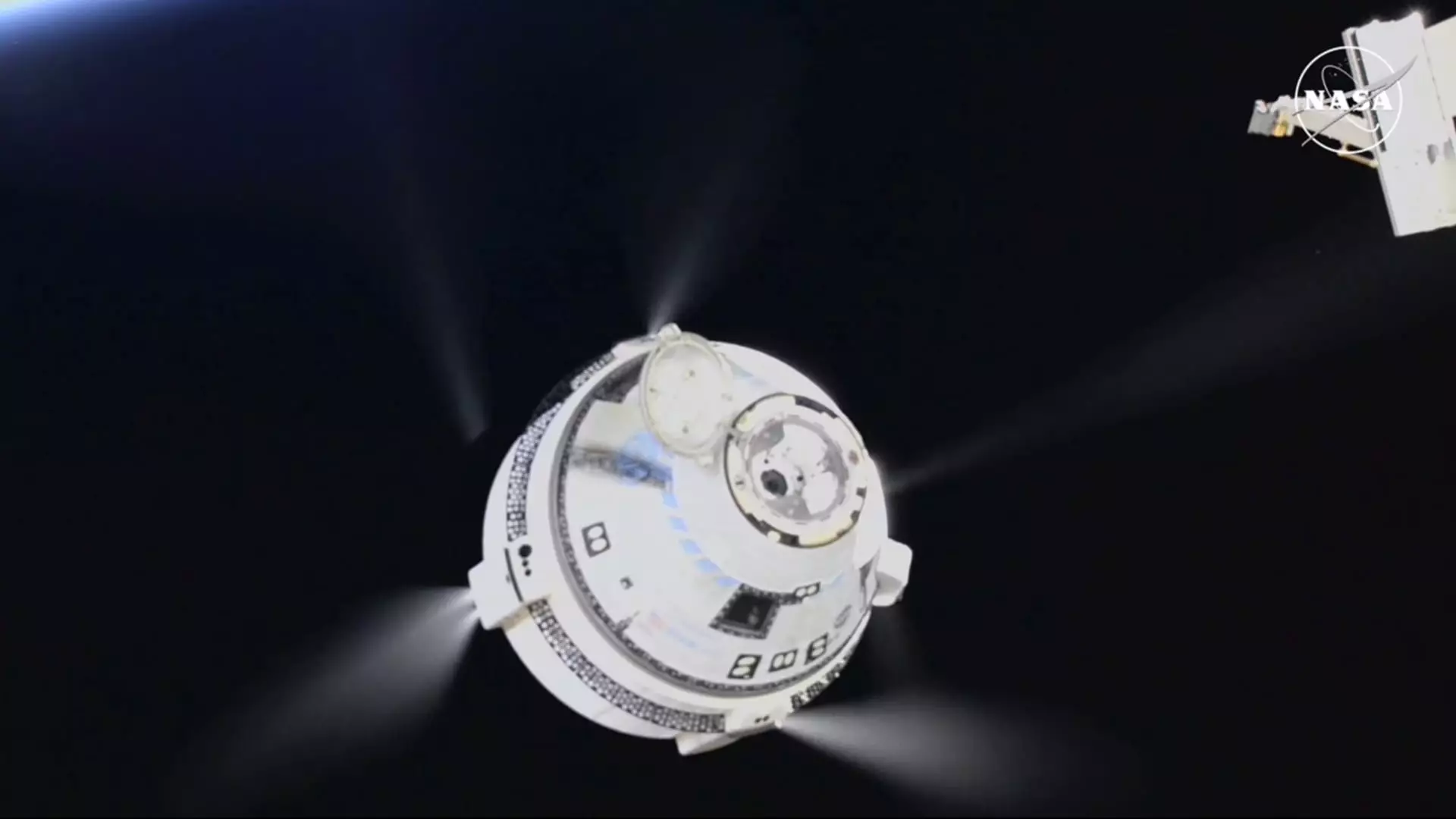Boeing’s Starliner recently departed from the International Space Station, albeit months behind schedule and without the expected crew members on board. Test pilots Butch Wilmore and Suni Williams remained at the ISS, with plans to return to Earth in February on SpaceX’s Dragon spacecraft. The undocking process, occurring at 6:04 p.m. ET on Friday, is expected to take around six hours to reach White Sands Space Harbor in New Mexico. NASA informed that the capsule might be visible from parts of western Mexico and the Southwestern United States before landing, highlighting the absence of astronauts to manually control the craft.
Extended Test Flight and Safety Concerns
Boeing’s Starliner, named “Calypso,” was on a test flight that lasted much longer than anticipated by NASA. The agency delayed the return of the spacecraft several times due to concerns about its propulsion system. Although Boeing assured that Starliner was safe for the astronauts’ return, NASA decided in August to send the capsule back empty to investigate further the underlying issues. This decision not only prolonged the mission but also raised doubts about Boeing’s ability to meet NASA’s requirements, causing setbacks in the Commercial Crew Program.
Implications for Boeing and NASA
The failure of the Starliner crew flight test has not only impacted Boeing’s standing in NASA’s Commercial Crew Program but also raised financial concerns. With over $1.5 billion in losses already, Boeing’s future involvement in the project could be jeopardized. The setback has also disrupted NASA’s plans to have two companies, Boeing and SpaceX, capable of ferrying astronauts to the ISS. Instead, NASA is left with uncertainties about Boeing’s reliability and may have to rely more heavily on SpaceX for future missions.
Throughout the Starliner’s troubled return to Earth, the mission has highlighted the challenges and risks associated with space travel. Boeing’s setbacks serve as a reminder of the complexities involved in developing and maintaining spacecraft for human spaceflight. As NASA and its partners strive for safe and efficient missions to the ISS and beyond, the lessons learned from the Starliner’s journey will undoubtedly shape the future of space exploration.

